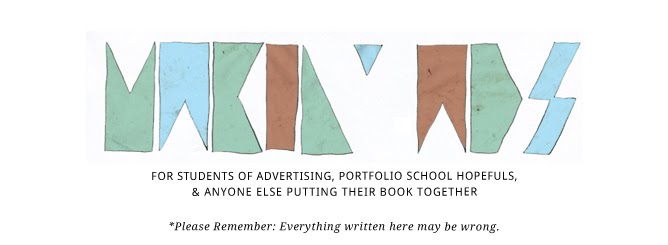Wow. Some really good comments on the last article, both posted and emailed to me. Burr points out that “working with others is important.” Labrot points out that isolation is more likely to lead to insanity. Stackingchairs and Miss Clairol point out the duality of the question. Those and more offered some great insights.
Here’s my argument for why isolation is essential for creativity:
In his book
The Wisdom of Crowds, James Surowiecki talks about the dangers of “groupthink.” That’s what happens when people become too collaborative and reliant on the status quo.
He points out the reason the Bay of Pigs was such a disaster was because the people involved in planning the operation were the same people who were asked to judge whether or not it would work. No differing points of opinion were welcomed. No outside judgments weighed in. Without anyone to test the integrity of the conclusion, disaster was inevitable.

In another example of groupthink, Surowiecki points to an economist at Berekley who has meticulously analyzed NFL games and concluded that coaches go for field goals way too often. He’s statistically proven that teams would benefit from playing on 4th down situations from almost every yard line on the field. But conventional wisdom says to take points when they’re available. (The one exception to this is the currently 14-0 New England Patriots.)

Finally, Surowiecki points out a phenomenon discovered in the
Guyana jungle: swarms army ants moving in a huge circle, about 1200 in circumference. This happens when an ant gets lost. When that happens, it follows a simple, genetic rule: follow the ant in front of you.

What does any of this have to do with advertising?
I think the award shows we all aspire to be in are a form of groupthink.
Don’t get me wrong. I think we should all study the annuals. I think as students, you should devour them, because they’re the best way for you to really understand what makes great advertising.
But we need to be careful not to turn into Guyanan ants marching only after what’s been done before us.In
Ender’s Game, isolation was important to Ender’s creativity in strategy because he was forced to think about and question the tactics others were using. He couldn’t rely on the military dogma and inherited procedures that were all around him, because he was constantly being shifted away from them. He stepped back and thought for himself.
Isolation doesn’t mean you have all the answers on your own. It doesn't mean working without a partner, ignoring your creative director, or coming up with your ideas in solitude. But it does mean that when a person (or team) disregards convention, and does not subject themselves to groupthink, they'll usually come up with breakthrough ideas.
(For my current favorite example of this, click
here.)








